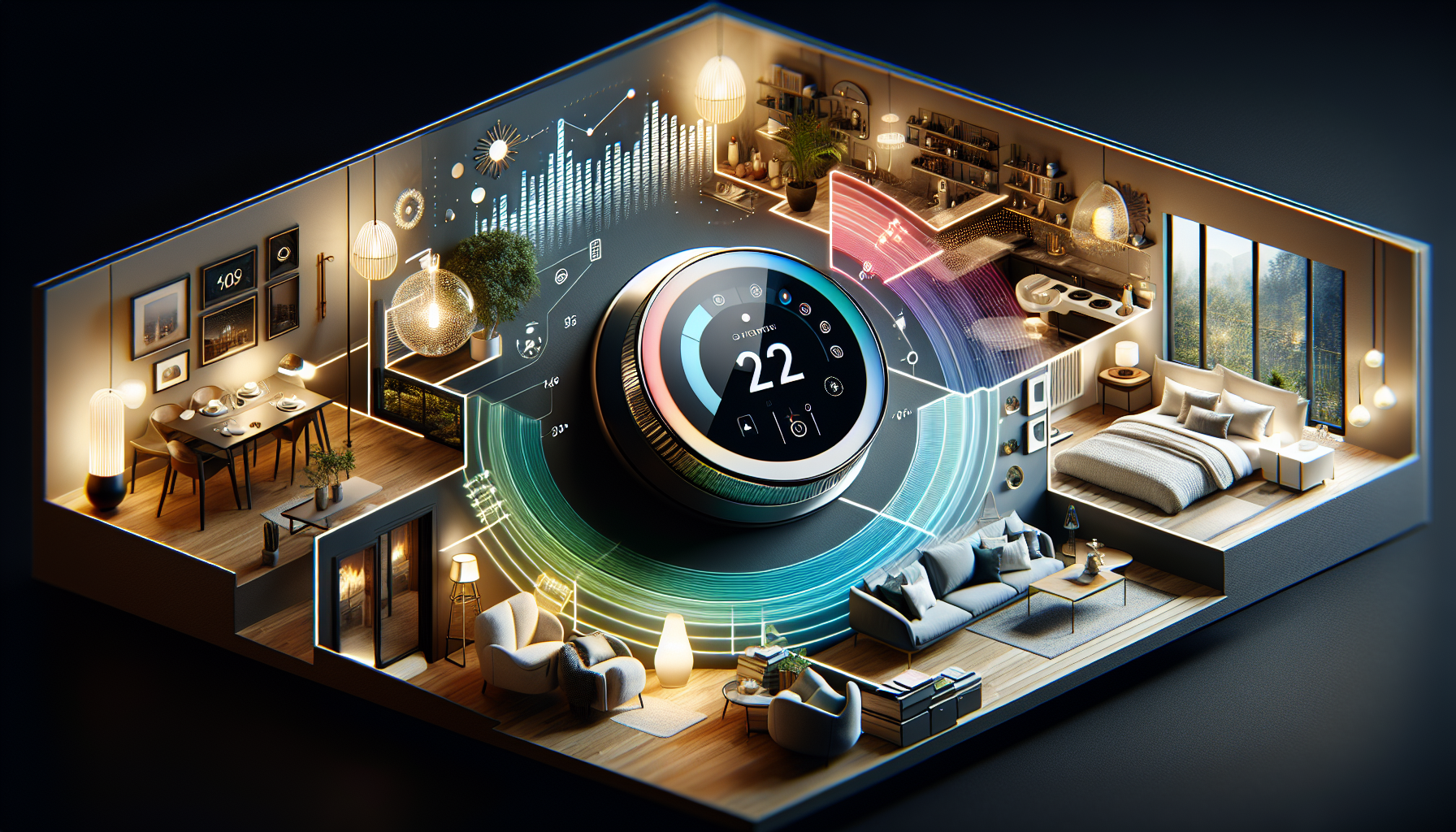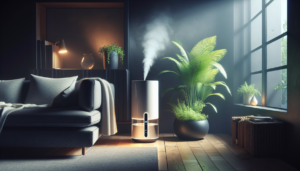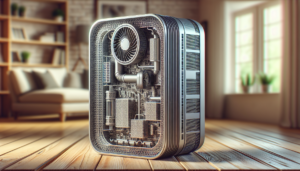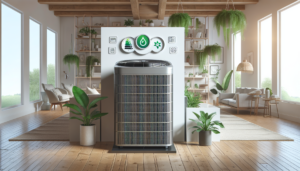Have you ever felt too hot in one room while another room felt too cold? This can happen in many homes, and it often relates to how your heating and cooling system works. You might have learned about HVAC systems in school, but today, we will talk about something a bit more specific: HVAC zoning. Understanding how to optimize your HVAC system zoning can help you feel comfortable in every room of your house, no matter the season.
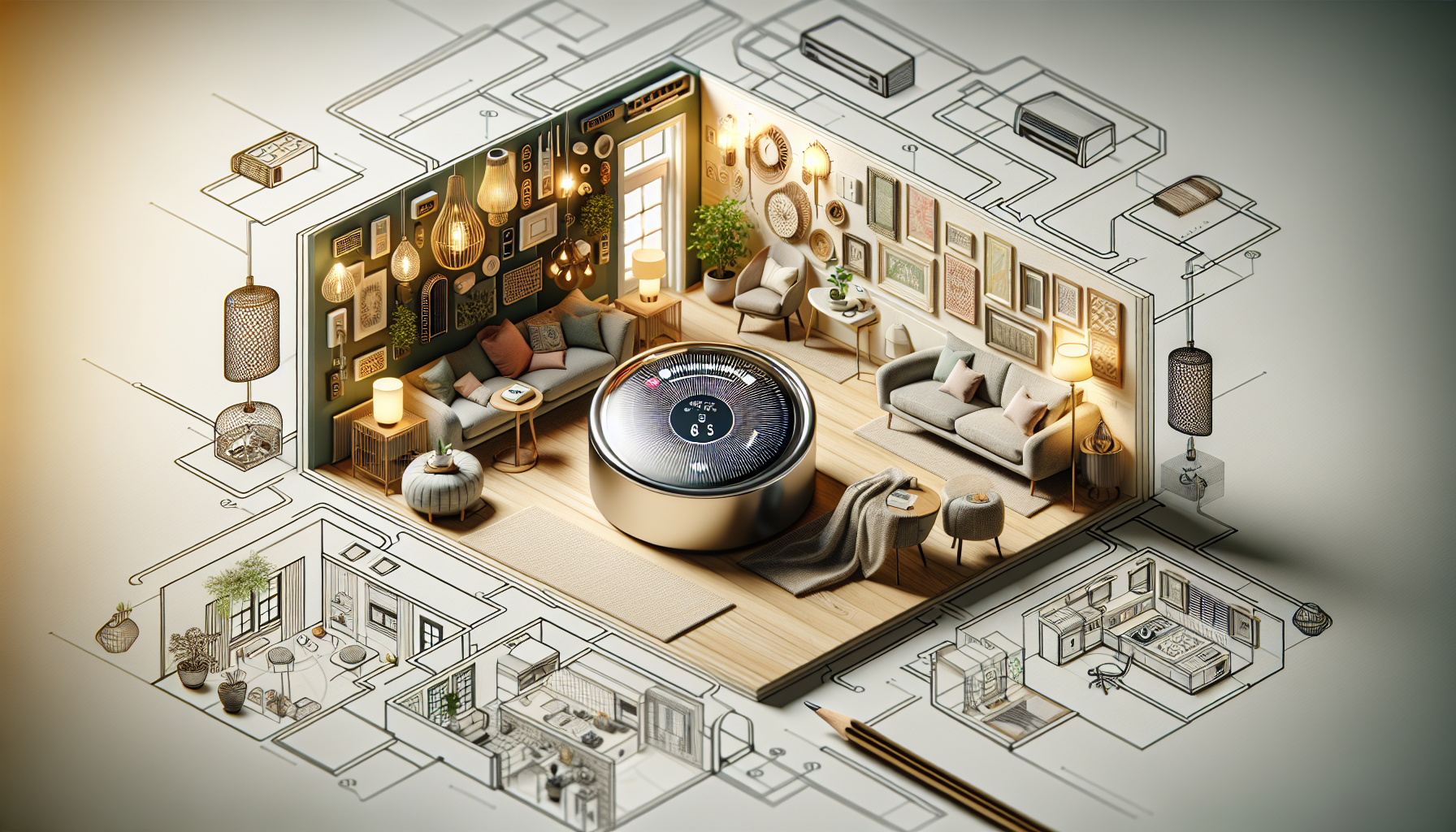
Table of Contents
ToggleWhat is HVAC Zoning?
HVAC zoning means that you can control the temperature in different areas or zones of your house separately. Instead of having your entire home at the same temperature, which can waste energy and make some rooms uncomfortable, HVAC zoning allows you to set different temperatures for every area.
Why is HVAC Zoning Important?
-
Energy Efficiency: Zoning saves energy. You won’t waste money heating or cooling rooms that you are not using. If you only need your living room comfortable, you don’t need to cool or heat the entire house.
-
Comfort: Each person in your family might like a different temperature. You may like it cool in your room, while your sibling prefers it warm. Zoning helps everyone be comfortable.
-
Better Air Distribution: With zoning, air flows more evenly throughout your house. This means no more hot or cold spots in your rooms!
How Does HVAC Zoning Work?
To understand how zoning works, think of your home as a big pizza. Each slice represents a different zone. HVAC zoning uses dampers, which are like little doors, within your air ducts. These dampers can open or close to allow air to flow to specific areas only.
The Components of HVAC Zoning
-
Thermostats: Each zone has its thermostat. This is where you set the desired temperature. When the room gets too hot or cold, the thermostat tells the HVAC system to start or stop.
-
Dampers: These are the gates in your air ducts we mentioned earlier. They open and close to control where the air goes.
-
Zone Control Panel: This is the brain of the zoning system. It works with your thermostats to tell the dampers when to open or close.
-
Air Handler: This part pushes air through the ducts. It can be adjusted to provide more or less air to the zones needing it.
Benefits of HVAC Zoning
Let’s look at some of the great things that zoning can do for your HVAC system and your comfort:
Improved Energy Saving
When you heat or cool your home, a lot of energy is used. By zoning, you can cut down on energy waste. For example, if you have a guest room that you hardly use, you can set the temperature higher in that room during winter or summer. This means your HVAC unit doesn’t work harder than it needs to.
Increased Comfort
Home is where you spend a lot of time. You want it to be comfy! Every family member can choose their own perfect temperature when using HVAC zoning. You can watch your favorite show in a nice, cool living room while your sibling enjoys warmth in their cozy bedroom.
Less Dust and Allergens
With better airflow through the house thanks to zoning, you will also notice less dust and allergens. The airflow helps keep the air in your home clean and fresh. Cleaner air is great for everyone, especially if anyone in your family has allergies.
Choosing the Right Zones for Your Home
When you decide to set up zoning in your home, you need to think about how to split your house into different zones. Here are some tips to think about:
1. Use Common Areas as Major Zones
The common areas where you and your family spend time, like the living room and kitchen, are good zones to start with. These are high-traffic areas where many moments happen.
2. Group Bedrooms Together
If you share a hallway with bedrooms, it makes sense to group them together as one zone. Everyone will likely want similar temperatures in their bedrooms.
3. Consider Sunlight and Size
Rooms that get a lot of sunlight may need different temperatures compared to shadier areas. Similarly, larger rooms will often need more cooling or heating than smaller ones, so think about those factors when zoning.
4. Think About Your Lifestyle
Are there areas you use only sometimes? Do you work from home? Make sure those areas have their zones according to your habits.
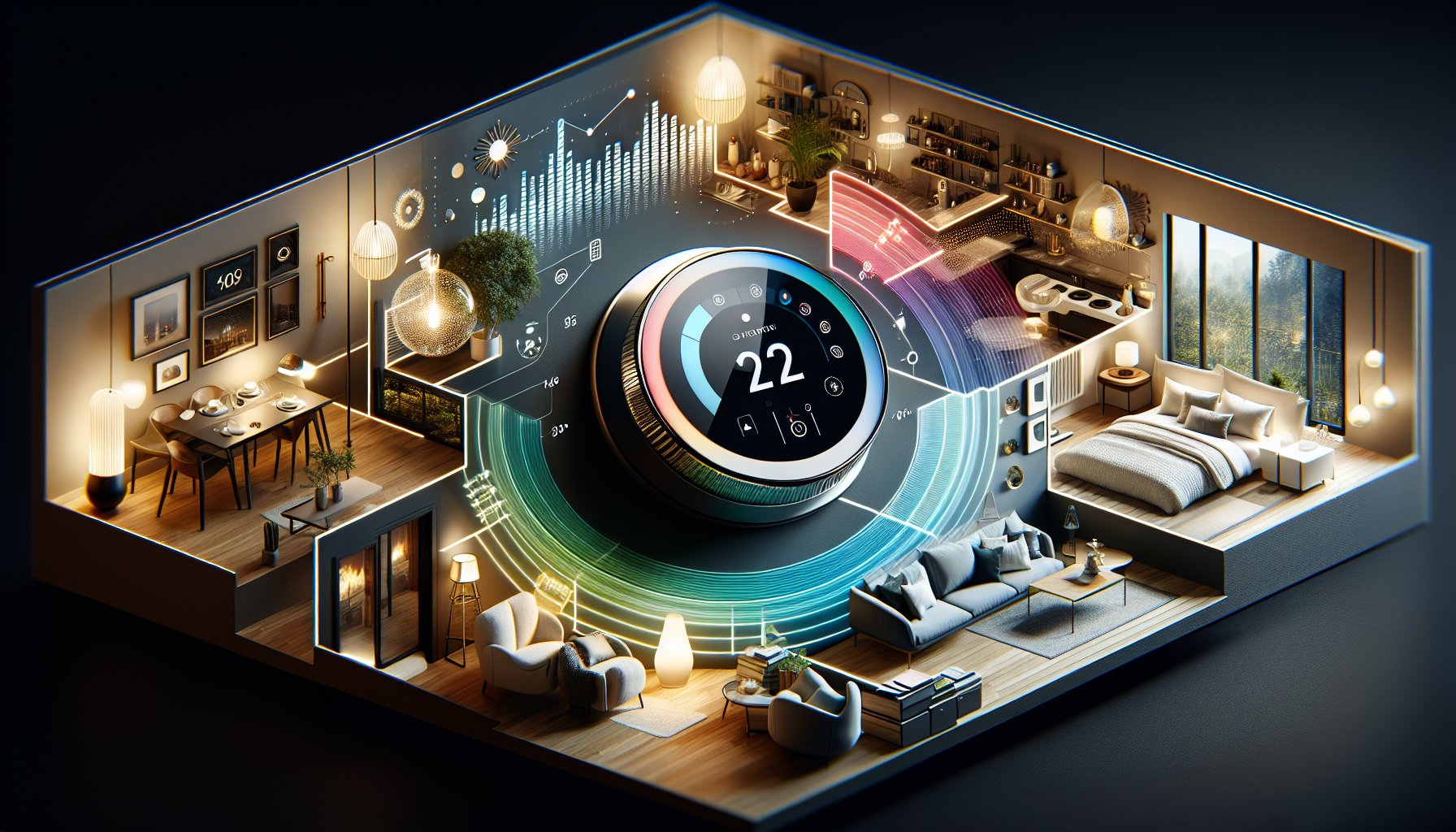
Installing HVAC Zoning Systems
After deciding how to create zones in your home, the next step is to install the zoning system. It’s best to call a professional for this part.
Hiring a Professional
A skilled HVAC technician can help you plan out your system. They know how to set it up correctly, so you don’t have to worry about things going wrong.
KadeCo Inc.
For all your HVAC needs, you can trust KadeCo Inc. in Pensacola, Florida. Founded by Kade Youmans, KadeCo has a reputation for quality and honest work. The team can help design and implement your zoning system while ensuring everything works smoothly.
- Address: 209 Brandywine Rd, Pensacola, FL 32507
- Phone: (850) 516-7552
By choosing KadeCo, you can be sure you receive the best help. They won’t upsell anything you don’t need. Instead, they’ll focus on getting the job done right and at a fair price.
How to Maintain Your Zoning System
Once your zoning system is set up, keeping it in good shape is crucial. Regular maintenance helps prevent problems and keeps your home comfortable.
Regularly Change Air Filters
Make sure to change air filters regularly. Clean filters keep the air in your home free of dust and allergens. They also help the HVAC system work efficiently.
Check Dampers
From time to time, it’s good to check if the dampers open and close properly. If they get stuck, some rooms may not get enough air.
Schedule Routine Inspections
Having a professional inspect your system annually is a wise choice. They can catch any potential issues before they become big problems. This will ensure your system works well for many years.
Troubleshooting Common Zoning Issues
Sometimes, problems can crop up with your zoning system. Here are a few common issues you may encounter, along with solutions.
Rooms Don’t Reach Set Temperature
If a room doesn’t seem to heat or cool properly, check the thermostat settings. Make sure the setting is right for that zone. If it’s still not working, the dampers may be stuck or closed.
Uneven Airflow
If some rooms feel stuffy while others are too cold, it could be that the dampers are not working right. Scheduling an inspection with a professional can help fix this.
Thermostat Malfunctions
If your thermostat isn’t reading the room temperature correctly, try changing its batteries. If that doesn’t work, call a technician to check it out.
Conclusion
Optimizing your HVAC zoning really can make a big difference in your home’s comfort and energy use. When you can control the temperature in different areas, everyone at home can find their perfect comfort zone.
If you ever run into problems or want to set up a zoning system, remember to contact KadeCo Inc. They will guide you through the process and ensure everything is working properly.
Your comfort matters, and the right HVAC zoning can help make your home feel just right! Don’t hesitate to reach out for help. It’s always great to have experts on your side who can take care of all your heating and cooling needs.


